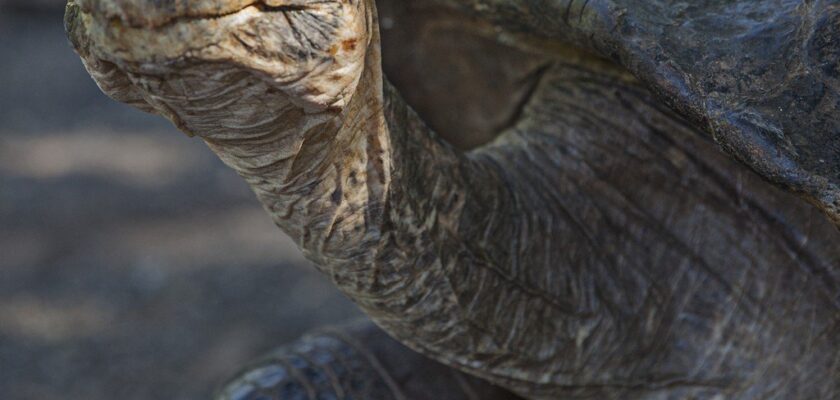Galapagos Islands (Islas Galápagos)
The Galápagos Islands are located in the Pacific Ocean, 972 kilometers west of the coast of South America. Of volcanic origin, the archipelago, consisting of 19 islands, 13 of which are main islands, is the most popular region of the Republic of Ecuador and one of the largest and most important reserves on a global scale. The Galapagos Islands are remarkable for the splendor of nature, diversity of flora and fauna. It was here that Charles Darwin developed the theory of evolution by natural selection. Numerous tourists, tireless explorers of the mysterious and fans of extreme sports are eager to visit this picturesque sunny land, conquering hearts with its clean sandy beaches.
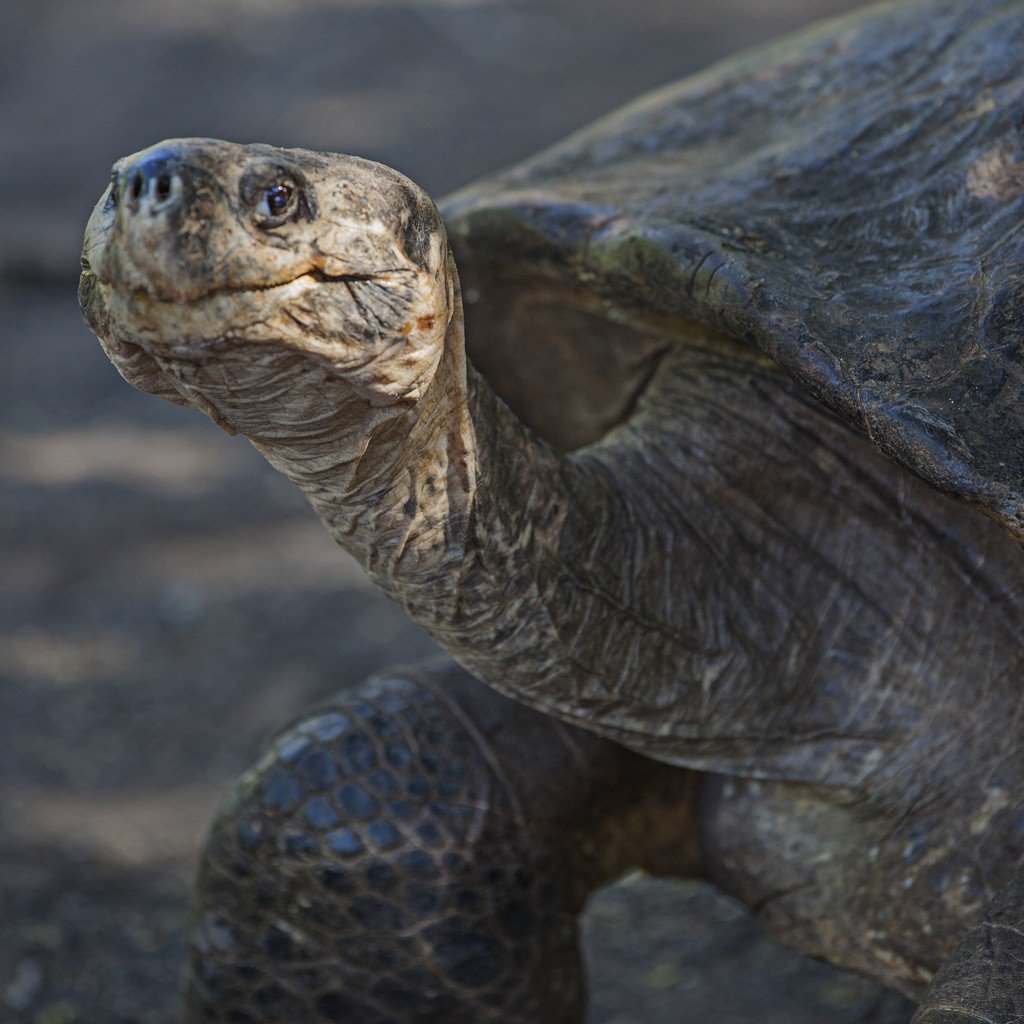
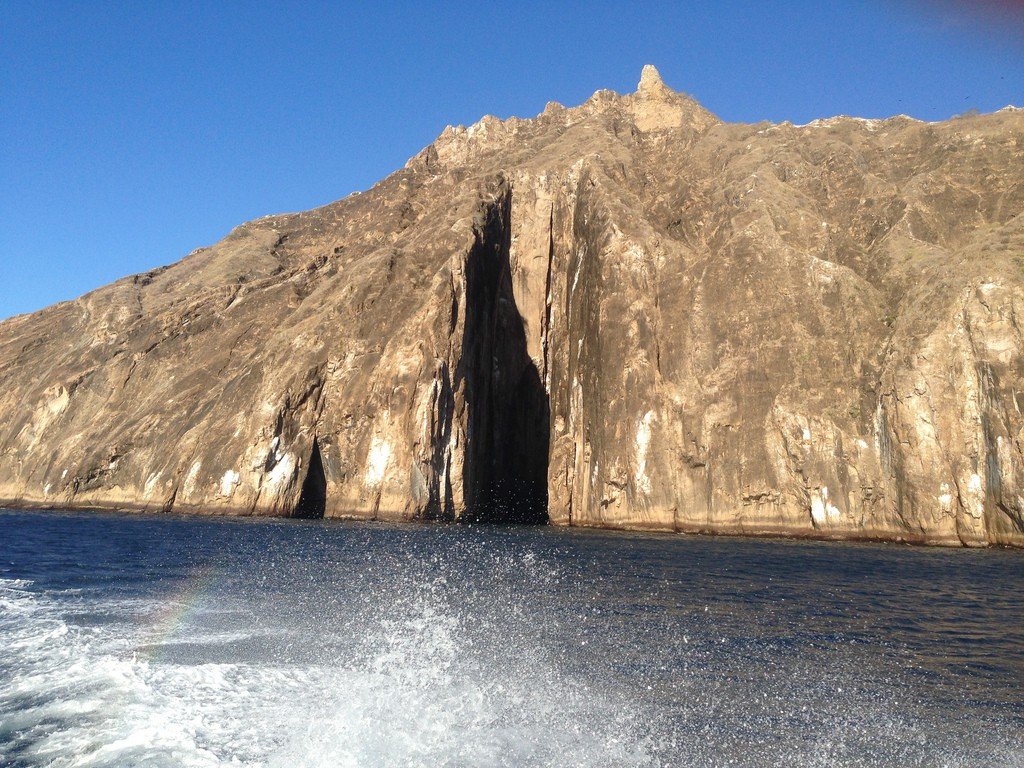
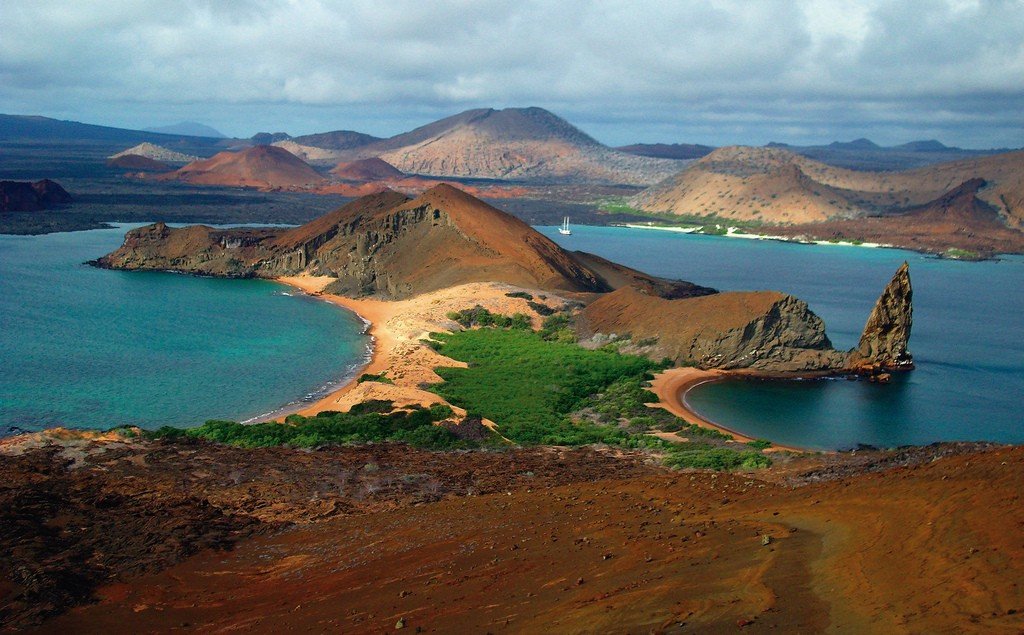
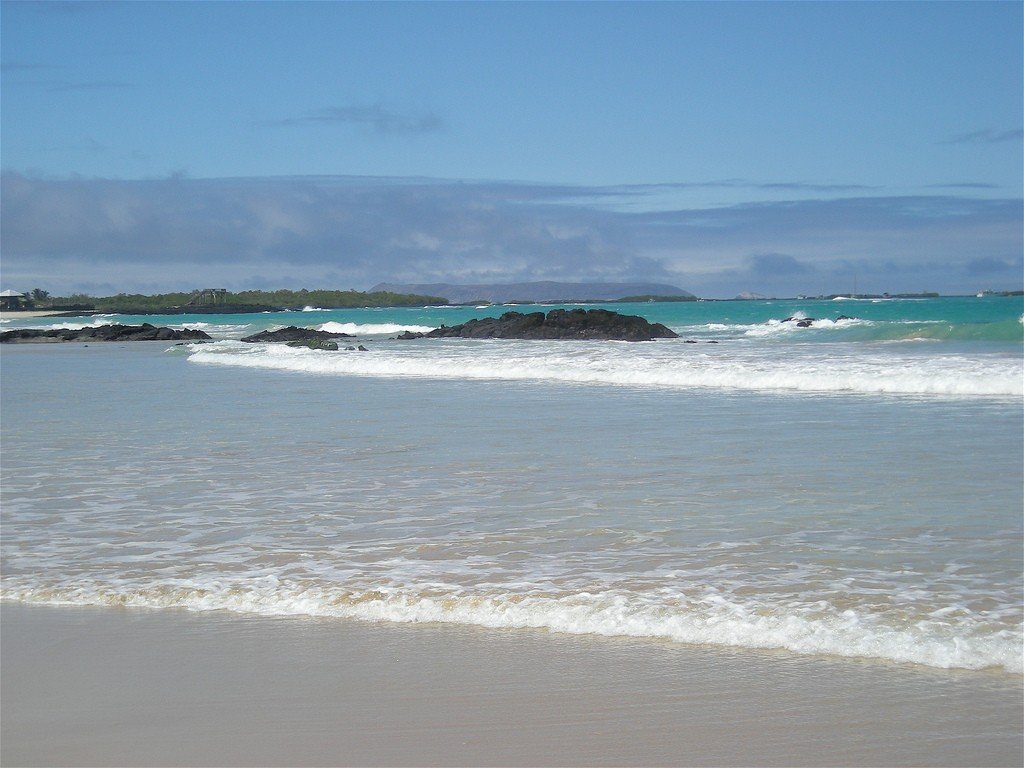
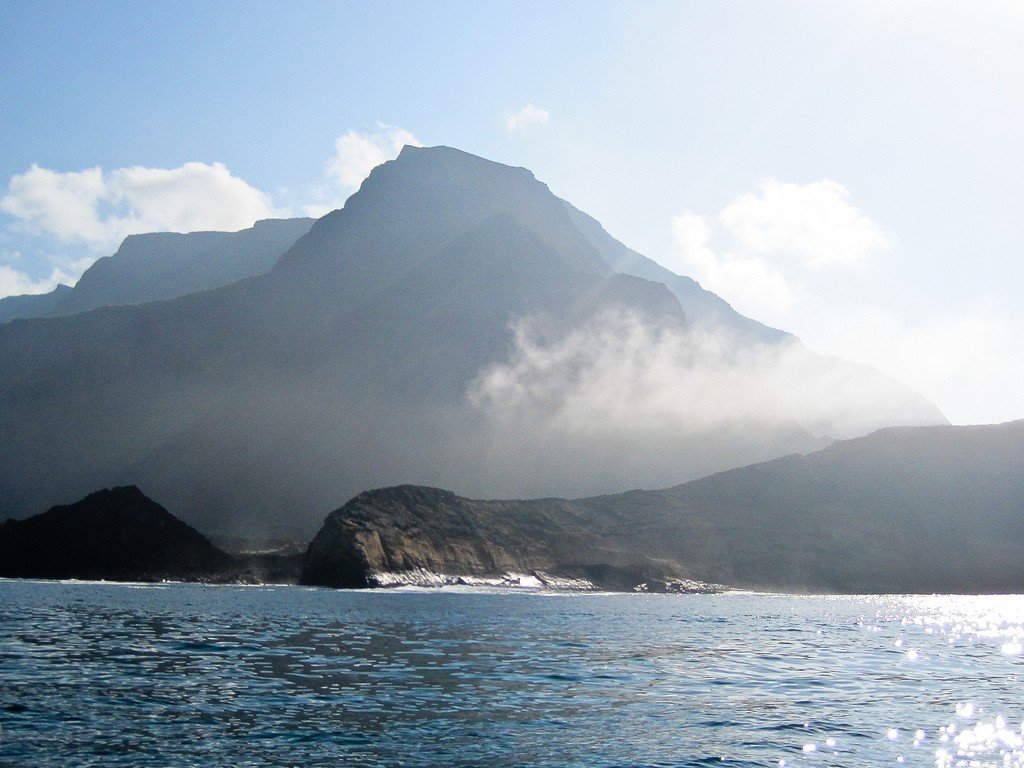
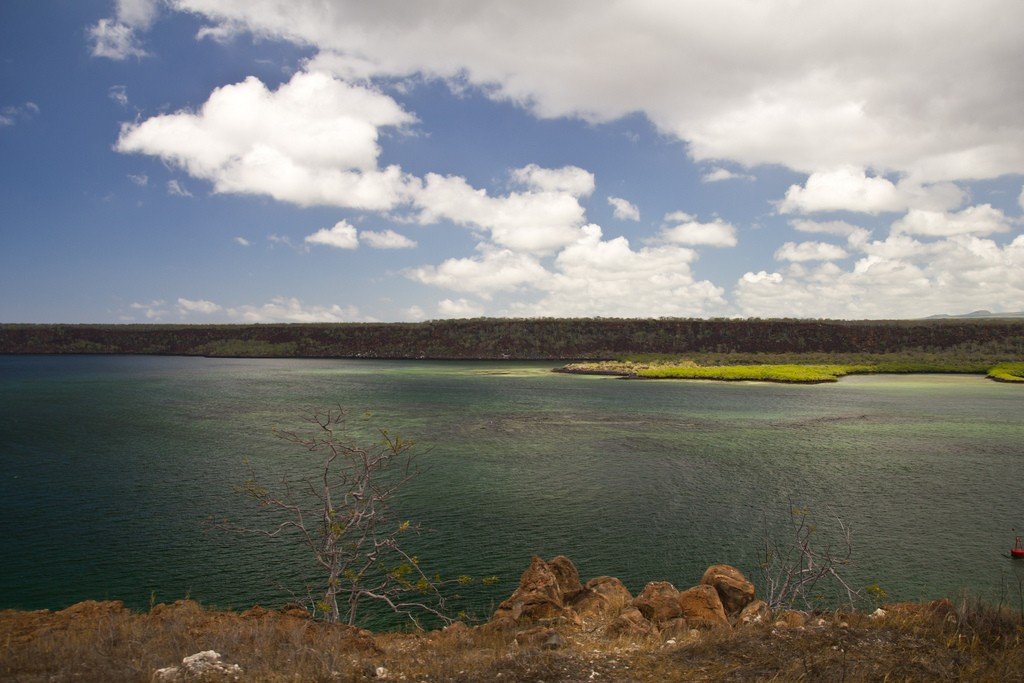
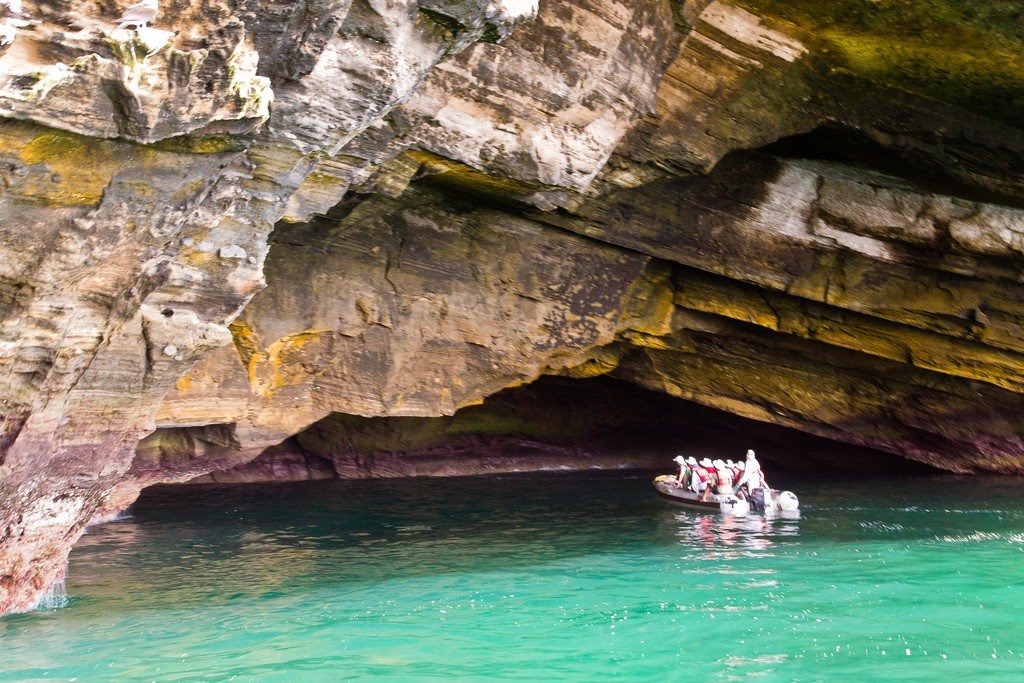
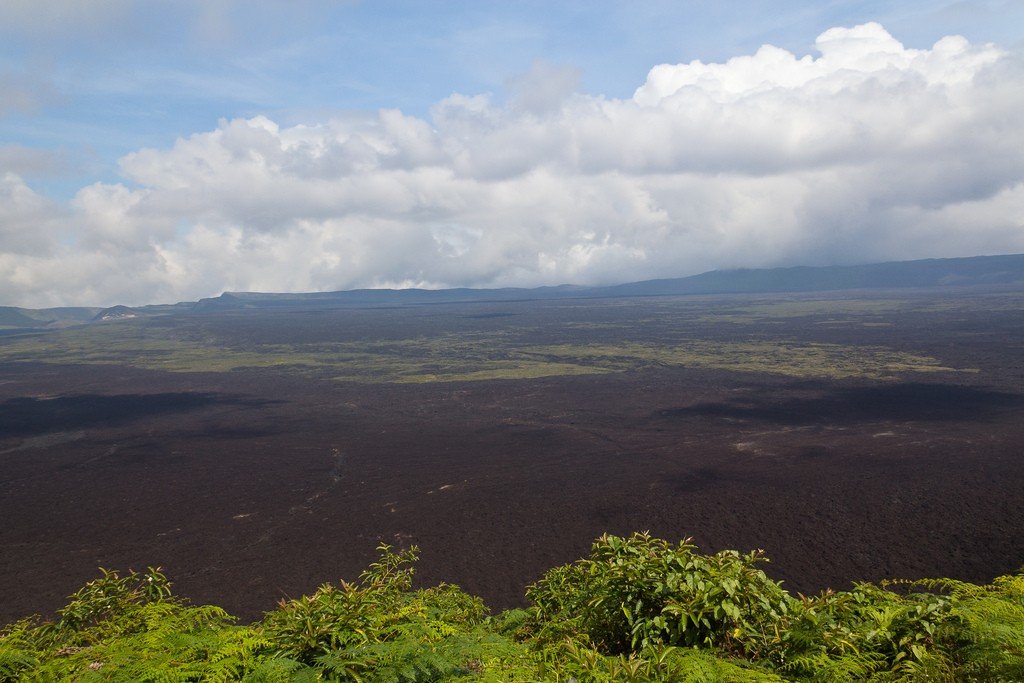
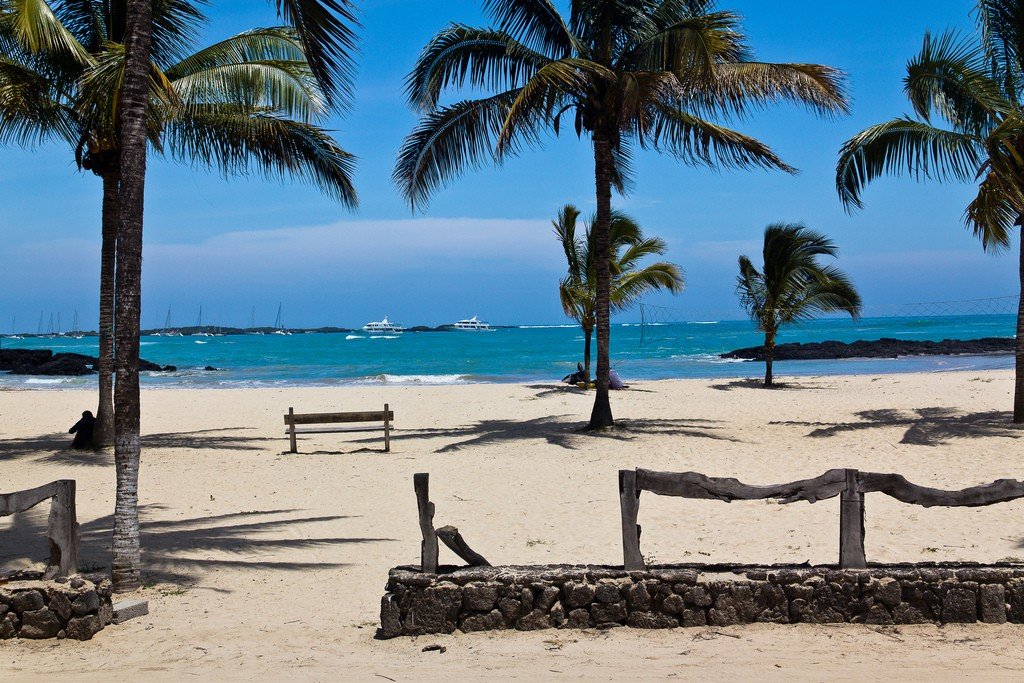
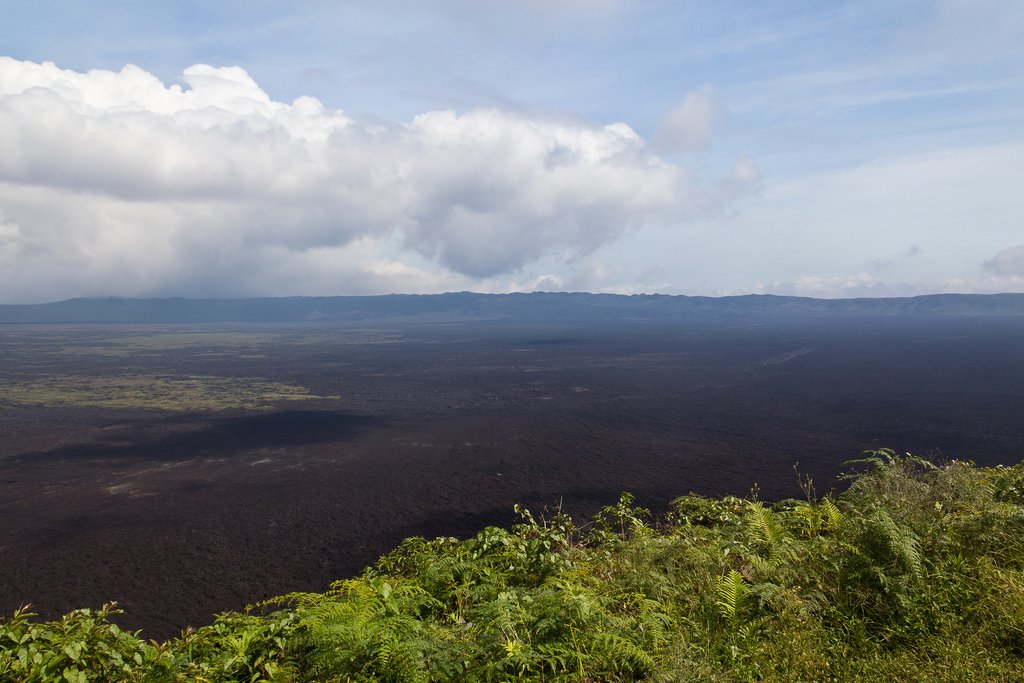
Video: Galapagos Islands
Environmental Safety
‘
So, unsafe are animals and plants, accidentally or intentionally brought to the archipelago at different times. This is especially true of cattle. Rapidly multiplying, it oppresses the local fauna, literally devastating its habitat. There are very few “own” predators on the Galapagos Islands, so local animals are often defenseless against “aliens” and often become their victims. For example, cats like to hunt finches. Avocado, guava, blackberry, cinquefoil, sweetgrass, pyramidal ochraceous, common castor, elephant grass and various citrus species pose a threat. Having spread widely, these plants have literally “pushed out” members of the native flora, particularly on the islands of Isabella, San Cristobal, Floreana, and Santa Cruz.
.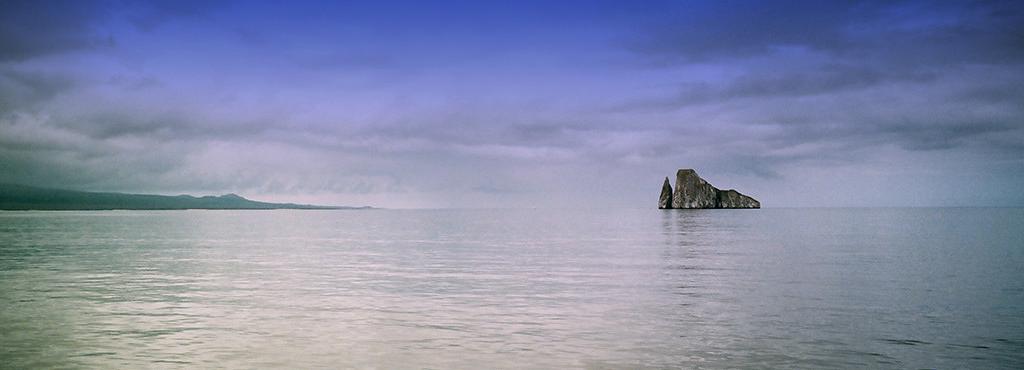
The Galapagos archipelago is also inhabited by pigs and horses, cats and dogs, mice and rats, donkeys, cockroaches, and ants. Domestic predators often destroy the nests of wild birds and attack them, catch iguanas and turtles. The nests of the latter are often destroyed by pigs, which, moreover, constantly dig the ground in search of roots and insects, causing enormous damage to the unique vegetation. Pigs are believed to have driven iguanas off Santiago Island, and they were still there relatively recently, in Darwin’s time. Black rats have also become a real scourge of the Galapagos Islands. They attack small turtles as soon as they leave their nests, and as a result, for example, on the island of Pinson these reptiles stopped breeding. The rodents have also exterminated their local counterparts, the endemic rats.
.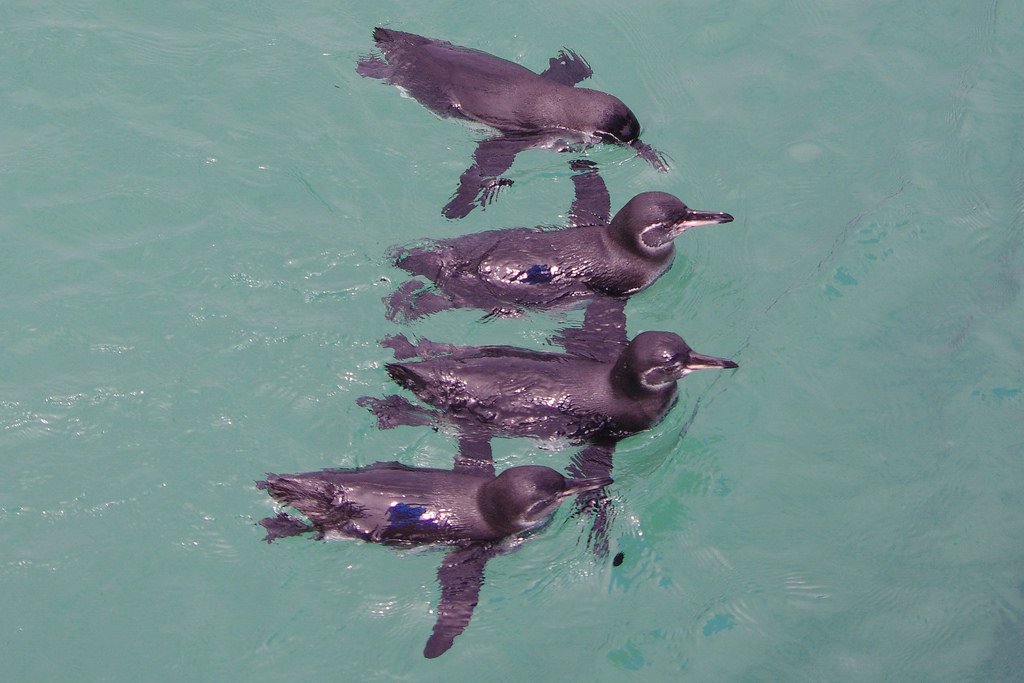
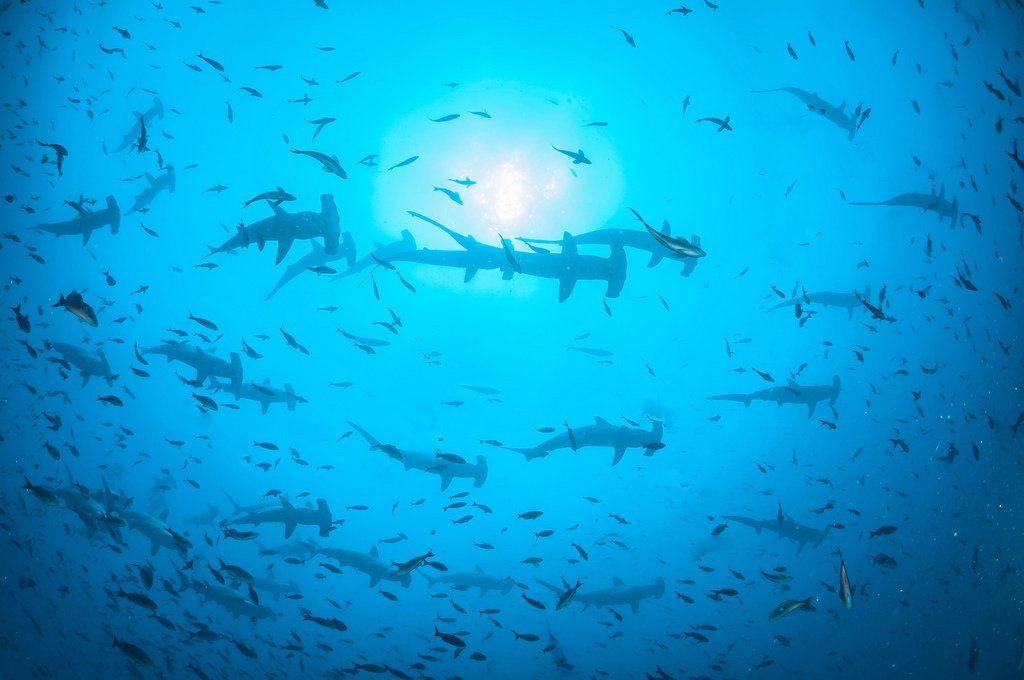
Islands and Sights
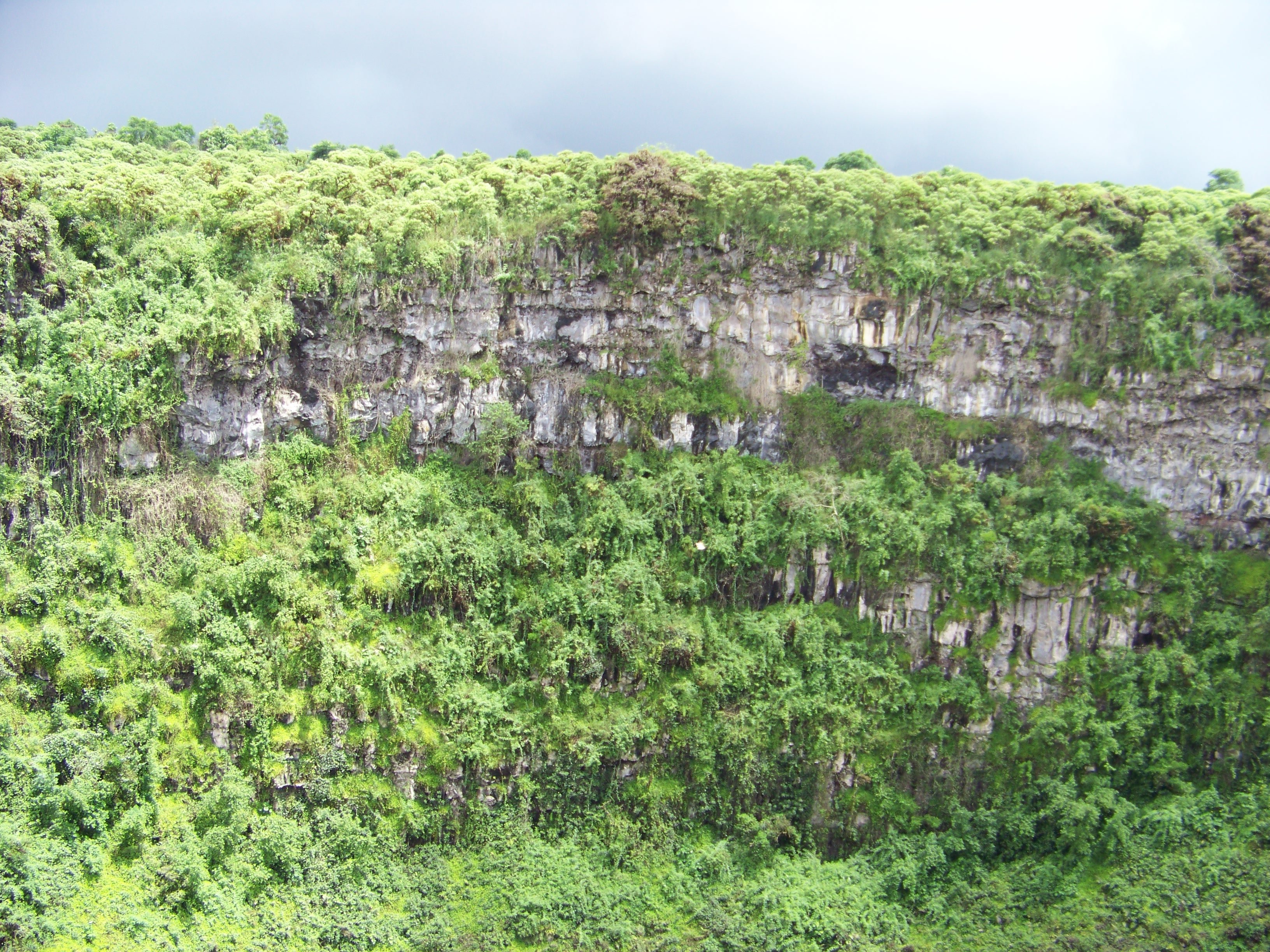
Santa Cruz Island is a real find for water sports enthusiasts. Diving, snorkeling, yachting – here extreme tourists will definitely find something to their liking. Having rented a yacht, you can go to other islands of the Galapagos archipelago. Some even rent a small airplane, flying to remote places and staying for a day or two, or even a week. For example, to the north-west, where Dragon Hill is located, which got its name from iguanas that were later moved to another place to save them from a dog infestation. Fifteen years ago, a few individuals were brought back here, and in the intervening years the population of these animals has fully recovered, and the place itself has been made accessible to tourists.
.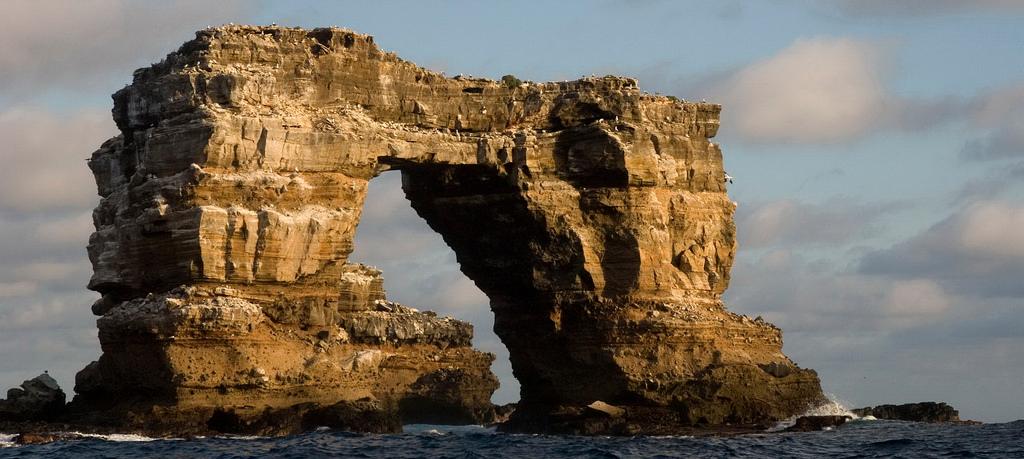
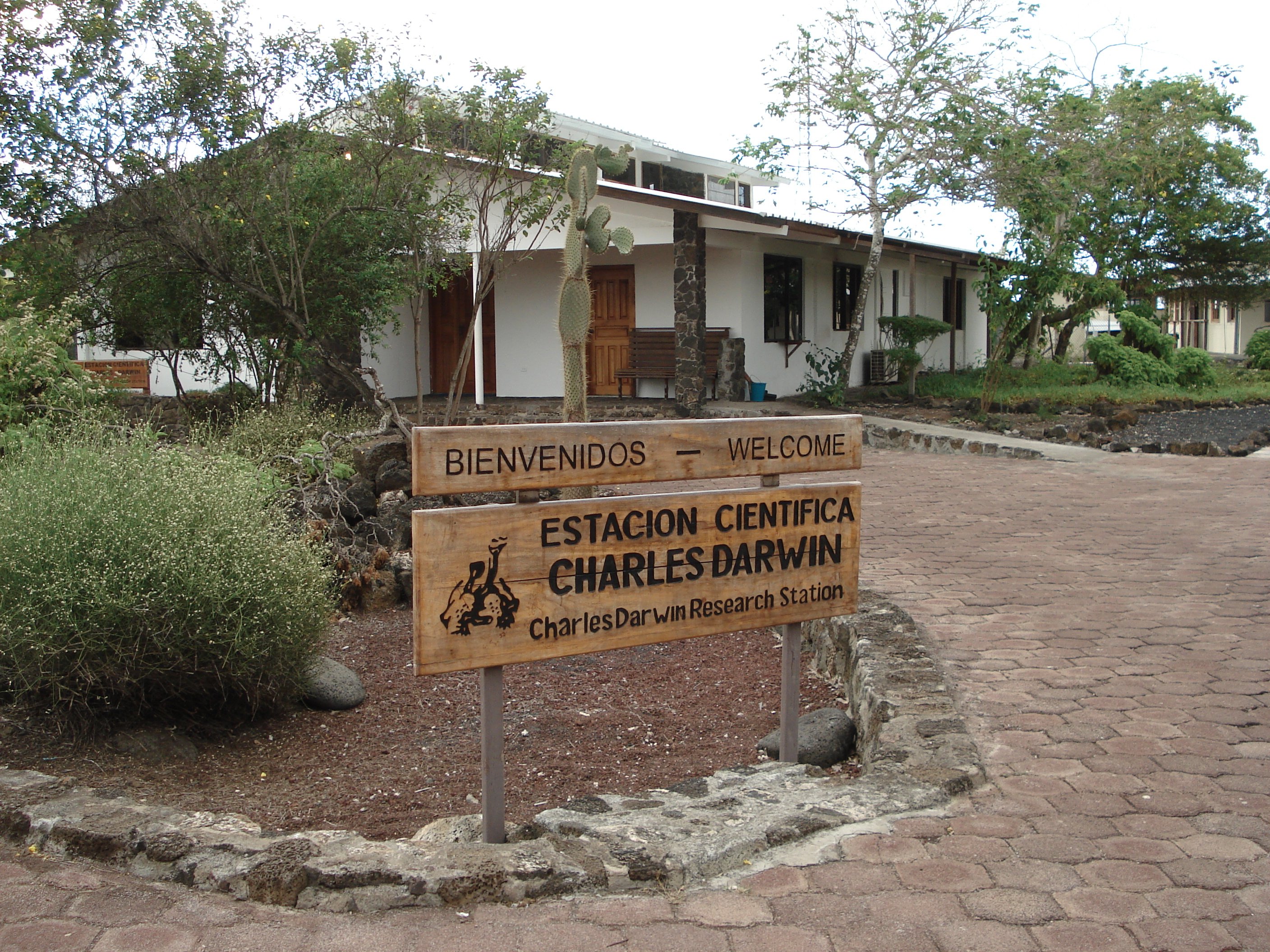
The Galapagos Islands also have their own Wailing Wall. It is located on the island of Isabella. Briefly, the story is as follows: in 1946-1959 there was a penal colony. Prisoners were forced to cut cheap blocks of volcanic rock, carry them a considerable distance and build a wall out of them. The work was truly hard labor, and under the scorching sun. It is not surprising that not all those who served their time here endured such tortures and died. All the scale of the work can be imagined by looking at this wall: in length it stretched more than 100 meters, in height – 8 meters. Some time later the prison was closed and leveled with the ground, and the gigantic and sad construction was left as a testimony of inhuman treatment of prisoners.
.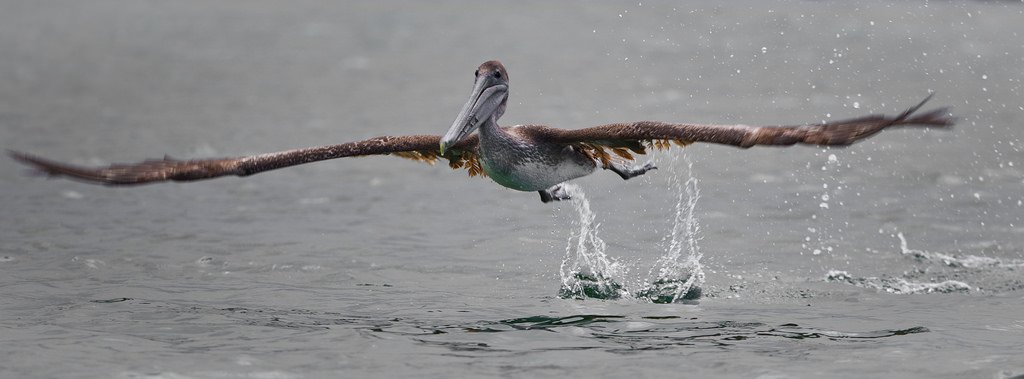
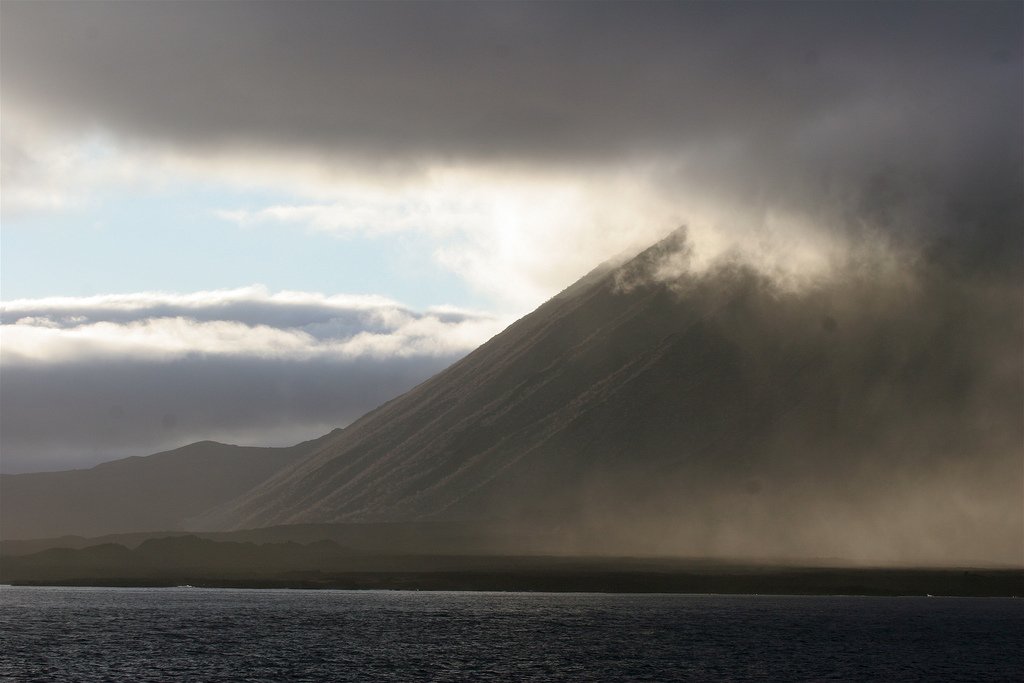
Isabella is also home to the highest volcano in the Galapagos, Wolfe, which is 1,707 meters above sea level. The crater of another volcano, Sierra Negra, is the second largest in the world in terms of diameter (10 kilometers). Another local volcano, Chico, showed its formidable temper in 2005. Its eruption left lava rivers and tunnels. Walking through them, it is hard to escape the impression that you are somewhere on the moon: it is so different from our usual landscape. From the top of Chico you have wonderful views of the northern tip of Albemarle.
.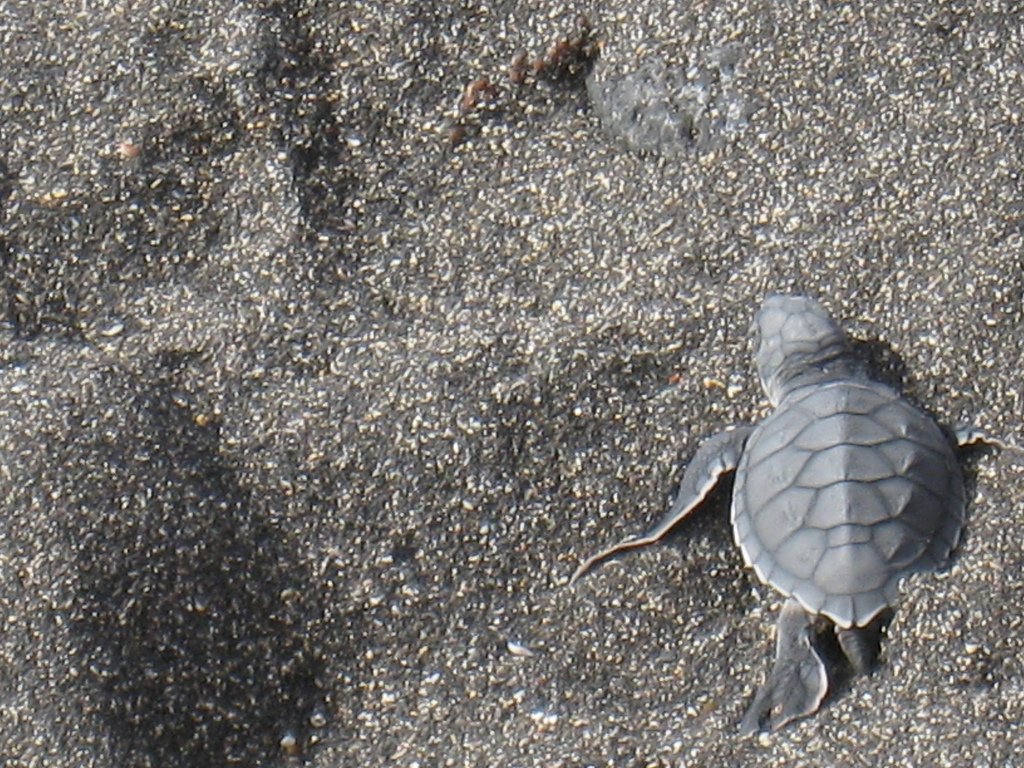
The best place on the island of Española is considered to be Cape Suarez. Here you can watch the colored iguanas basking in the sun in a funky way, completely unafraid of people. And also birds, such as waved albatrosses, whose colony is considered the largest in the world. In the northeastern part is Gardner’s Bay, whose delightful white beaches leave no one indifferent. Sea turtles and sea lions crawl out onto the long coast and create entire colonies, while curious mockingbirds run here and there. In this place you can scuba dive or snorkel, and even race with sea lions.
.
The most active volcano in the Galapagos is on Fernandina Island, La Combre, which is 1,476 meters high. It wakes up very often, every few years, and this periodicity of eruptions leads to crater collapses. One of the most powerful took place in the summer of 2005, when steam and ash “shot” to more than 7-kilometer height. The 2009 eruption did the most damage: the natural landscape in this part of the Galapagos was on the verge of extinction, but fortunately the ecosystem recovered quickly.
.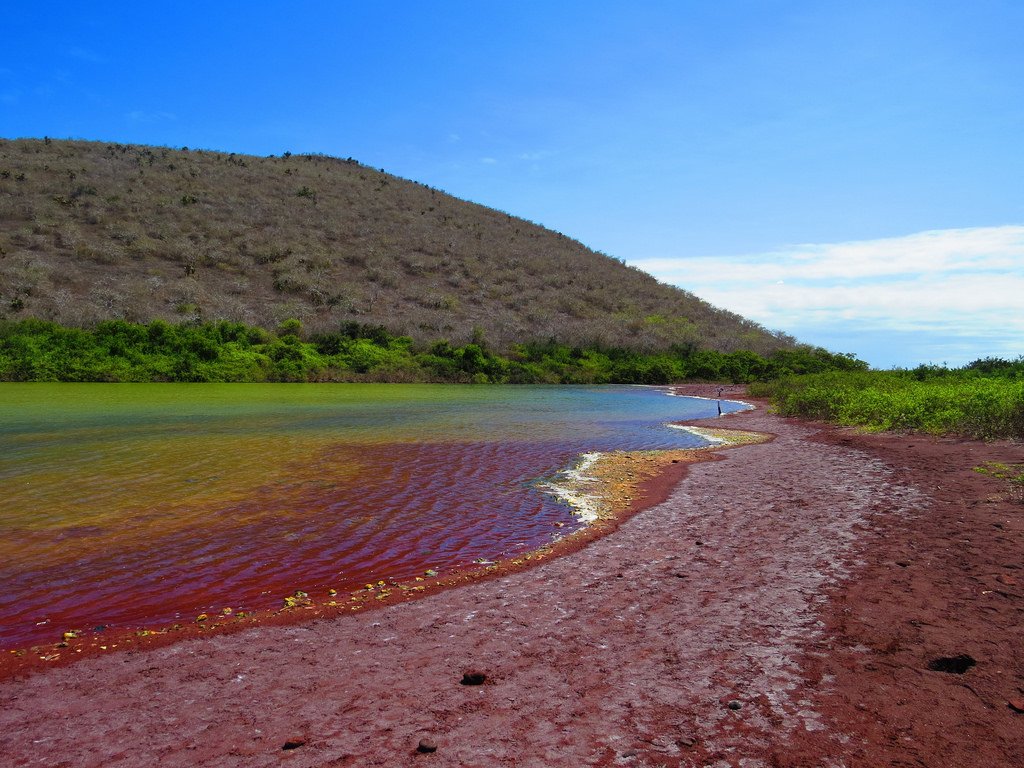
If you’re into diving, you should definitely check out the Devil’s Crown cliffs near Floreana Island. More precisely, these are not even rocks, but a stone semicircle formed by a submerged volcano, protruding to the surface of the water. Here, as if by order, the most unusual sea creatures have gathered, and everyone can feel like a real Captain Nemo. Divers also dive outside the crater, swimming alongside sharks, rays and other marine predators. However, the first thing to be afraid of is not them, but strong underwater currents, which are not uncommon here.
.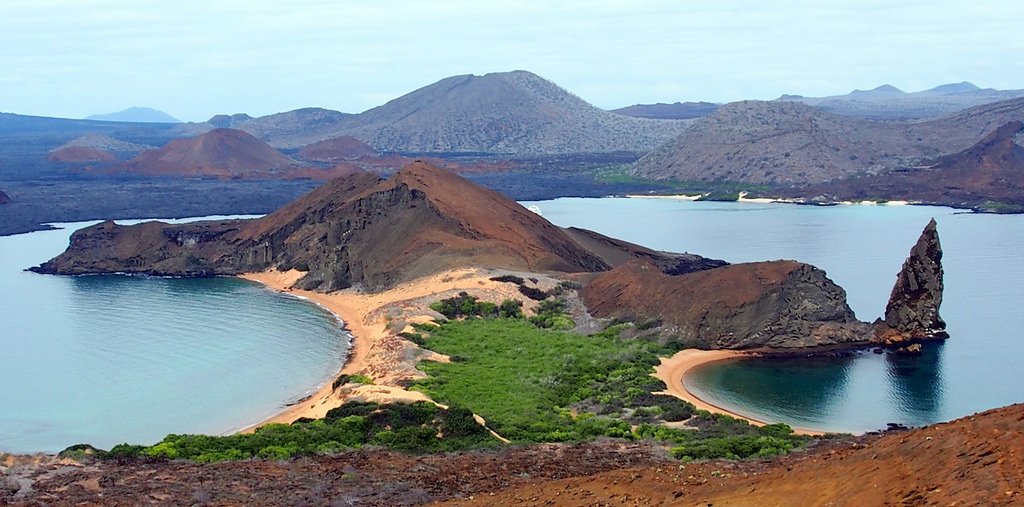
National cuisine
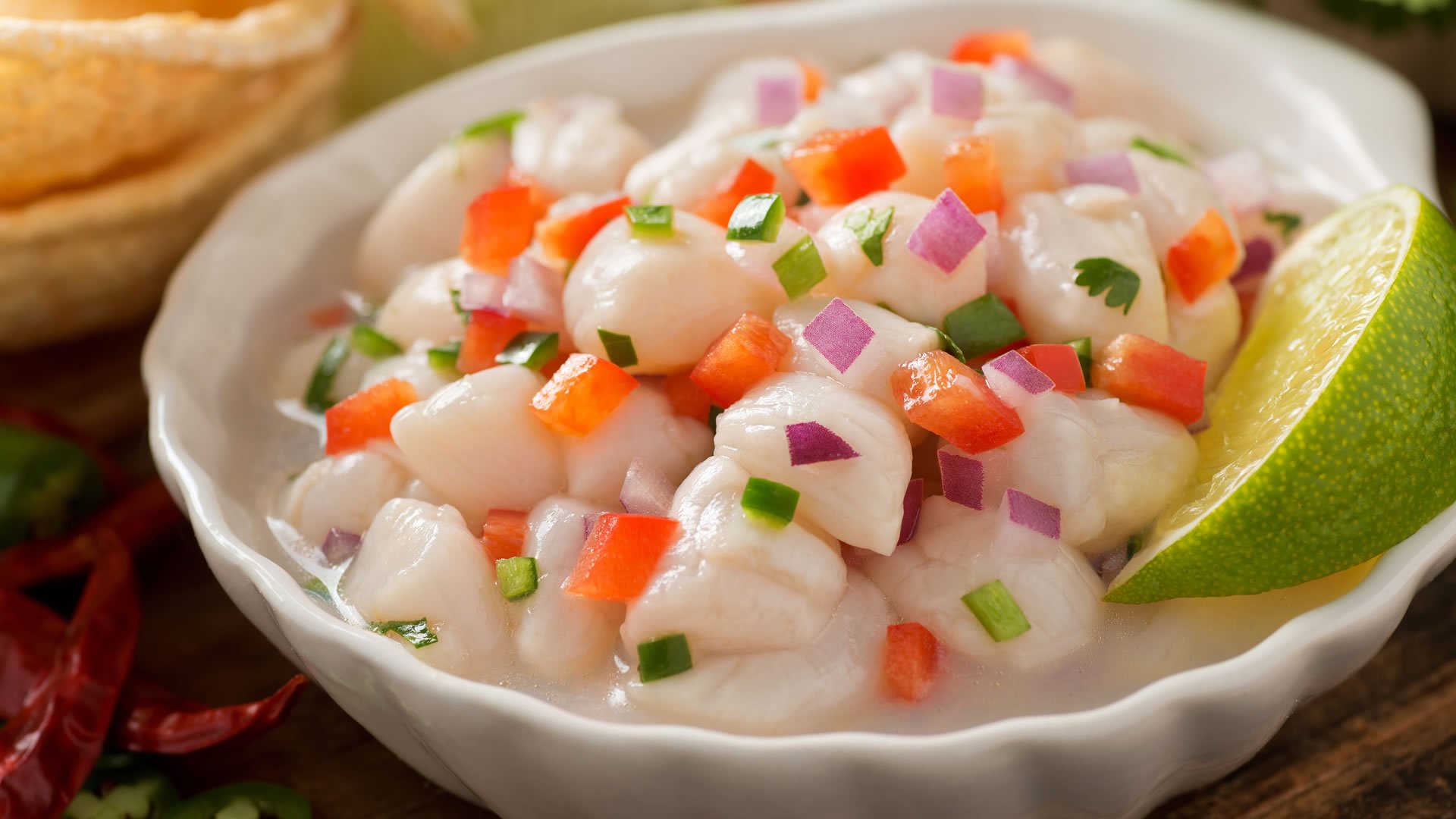
Fans of first courses will love the rich meat soups. They are spiced by the fact that the broths are cooked from different parts of carcasses. One of these soups, called caldo de pata, uses… calf’s hooves, which are roasted beforehand.
.


A great addition to the local culinary delights will be a glass of excellent beer, which has been produced here for a long time and of very high quality. To a foamy drink in the Galapagos invented a lot of tasty appetizers, which can be tasted in local bars and restaurants. In general, the cuisine of Galapagos is based on classic Latin American recipes. Usually, when cooking in different proportions are mixed spicy spices, not to mention the use of components that, at first glance, seem incompatible, but their dishes turn out – finger-licking!
.Tourists to Note
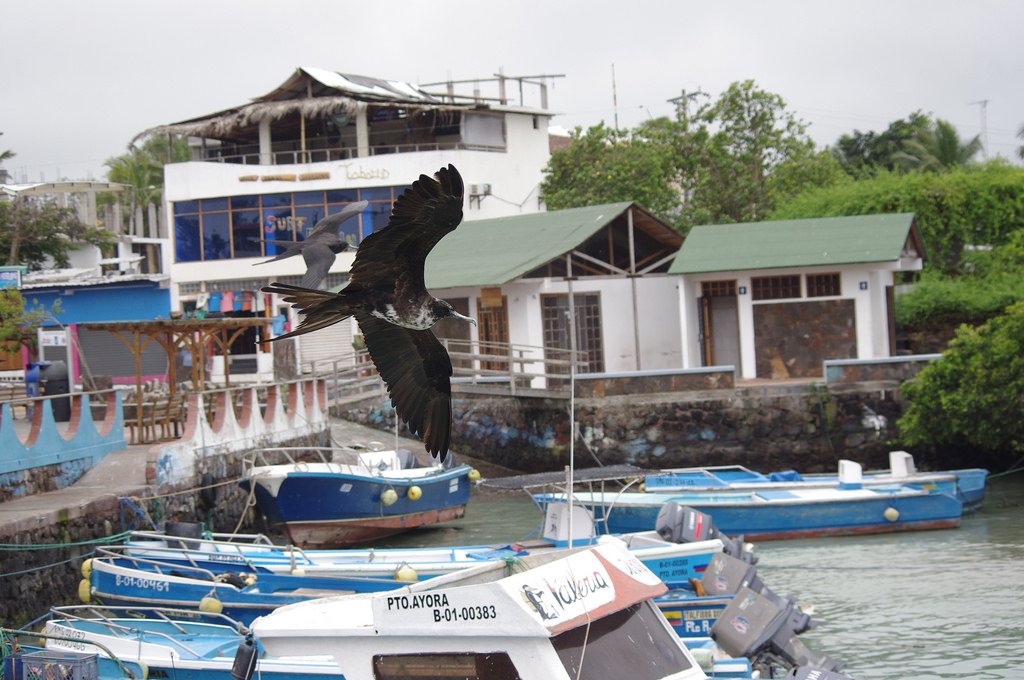
The best conditions for tourist accommodation are created in the city of Puerto Ayora. A lot of hotels can boast and the island of Santa Cruz as a whole. Single rooms with modest furnishings will cost 15 dollars, for apartments “luxury” will have to pay from 100 to 130 dollars per night. Connoisseurs of luxury vacation allow themselves to rent a whole private mansion, which has a pool and even a pier. Such a pleasure will cost from 350 dollars per night and more.
.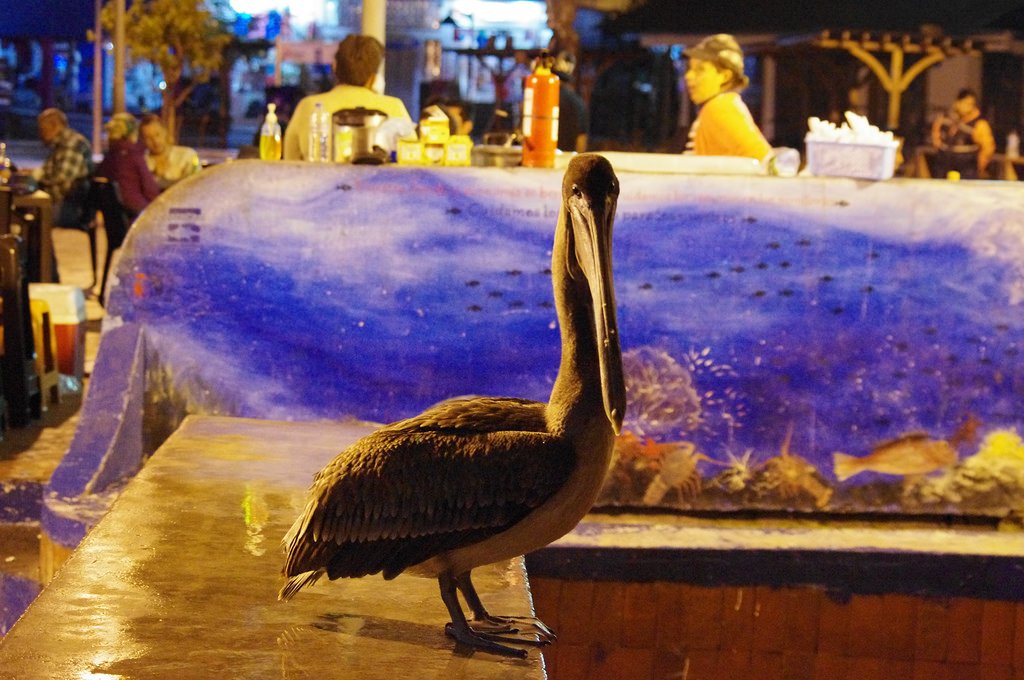
When visiting the Galapagos Islands – it is, by the way, paid ($100 in cash paid immediately upon arrival) – you should not forget that the territory is a protected national park, and the only one in the entire country. This means that every tourist should adhere to certain rules of behavior. Independent movements around the islands are undesirable, tourists should be accompanied by a guide. There are paved trails for traveling on the terrain. Specially equipped platforms are used as observation points. It is strictly forbidden to talk loudly, make noise or light fires.
.
The voltage on the local power grid is only 110 volts, so take care of adapters and adapters for household appliances in advance. In some hotels they can provide them on demand, but it is impossible to guess in advance which ones, so it is better to take them with you in advance. Also stock up on your medications, if according to available indications they need to be taken regularly: replenish your personal medicine cabinet during your stay here, most likely, will not be possible.
.
Drinking tap water or cooking with it is not recommended. For these purposes, bottled water is used, which can be purchased at any grocery store. Fruits and vegetables should be washed thoroughly before consumption, so as not to catch any intestinal infection.
.
Going on vacation to the Galapagos Islands, it is not unreasonable to be guided by the seasons of the local climate. The hottest months are from December to May. It is also considered quite humid, given the occasional tropical showers. The hottest and most humid months are March and April. The driest and coolest season, with its inherent strong winds, is from June through November.
.
How to get there

